Alex Miller
Alex Miller
Founder & CEO
300 Published Articles
Countries Visited: 34U.S. States Visited: 29
Founder and CEO of Upgraded Points, Alex is a leader in the industry and has earned and redeemed millions of points and miles. He frequently discusses the award travel industry with CNBC, Fox Business...
Edited by: Kellie Jez
Kellie Jez
Director of Operations
6 Published Articles 1247 Edited Articles
Countries Visited: 10U.S. States Visited: 20
Kellie’s professional experience has led her to a deep passion for compliance, data reporting, and process improvement. Kellie’s learned the ins and outs of the points and miles world and leads UP’s c...
![Bettering Debt – U.S. Debt Rates and Improvements over Time [Data Study]](https://upgradedpoints.com/wp-content/uploads/2019/11/stressed-woman.jpeg?auto=webp&disable=upscale&width=1200)
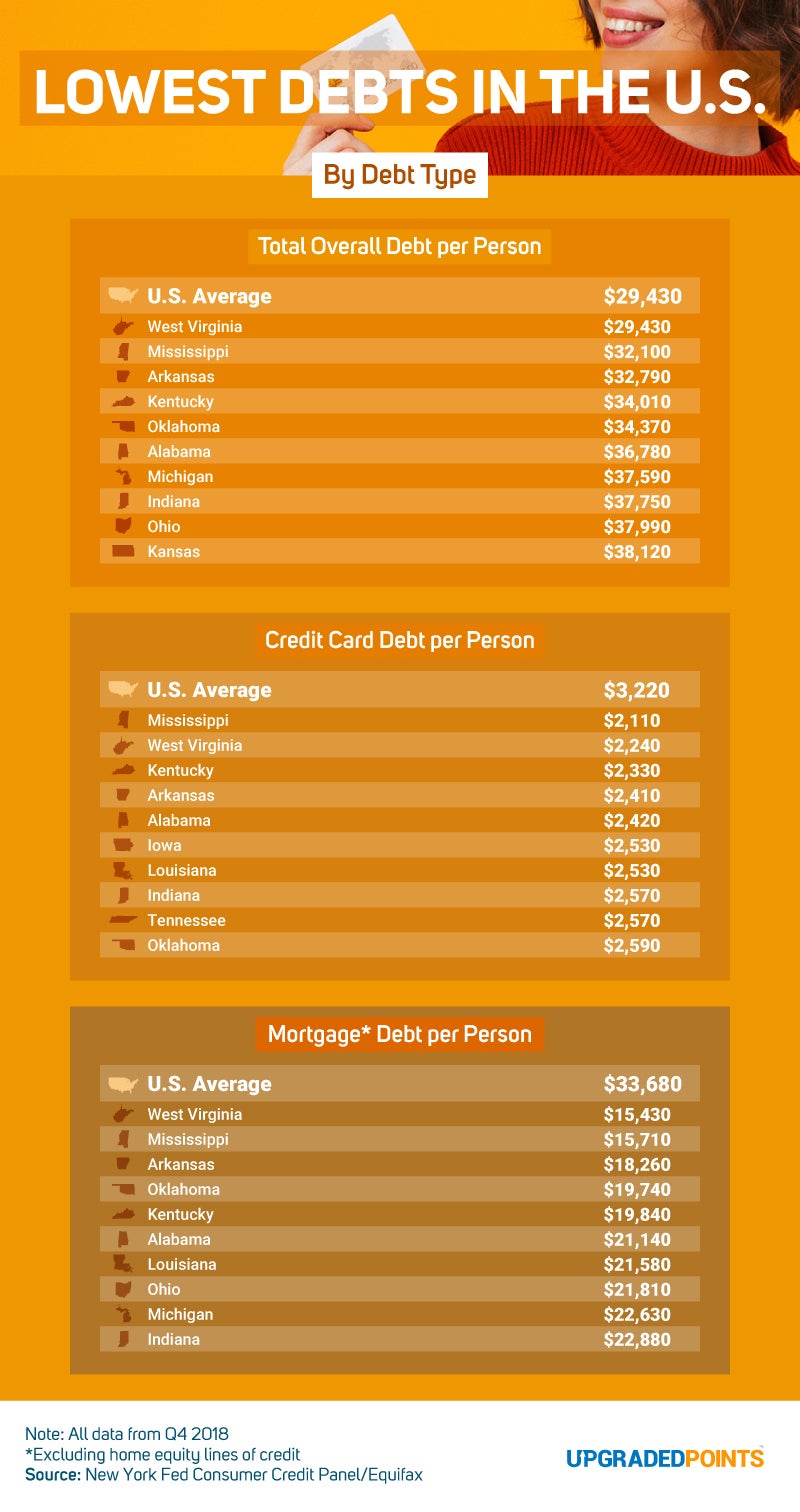
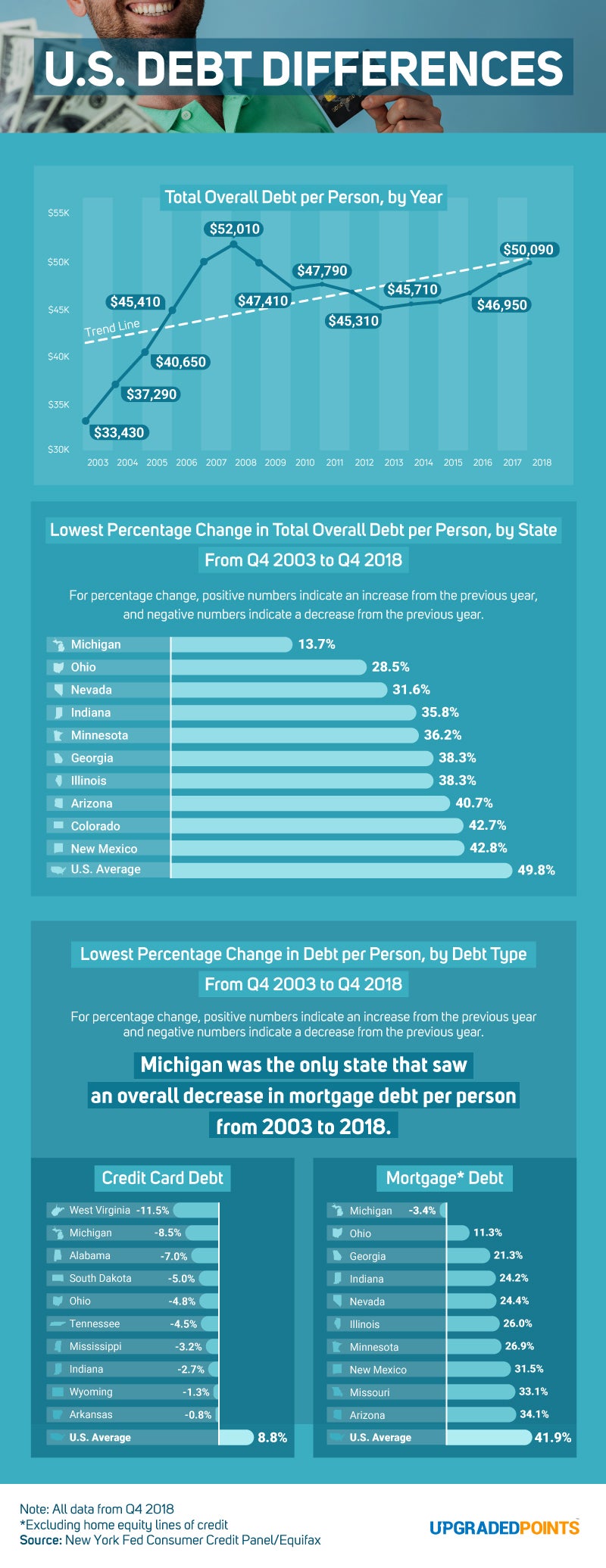
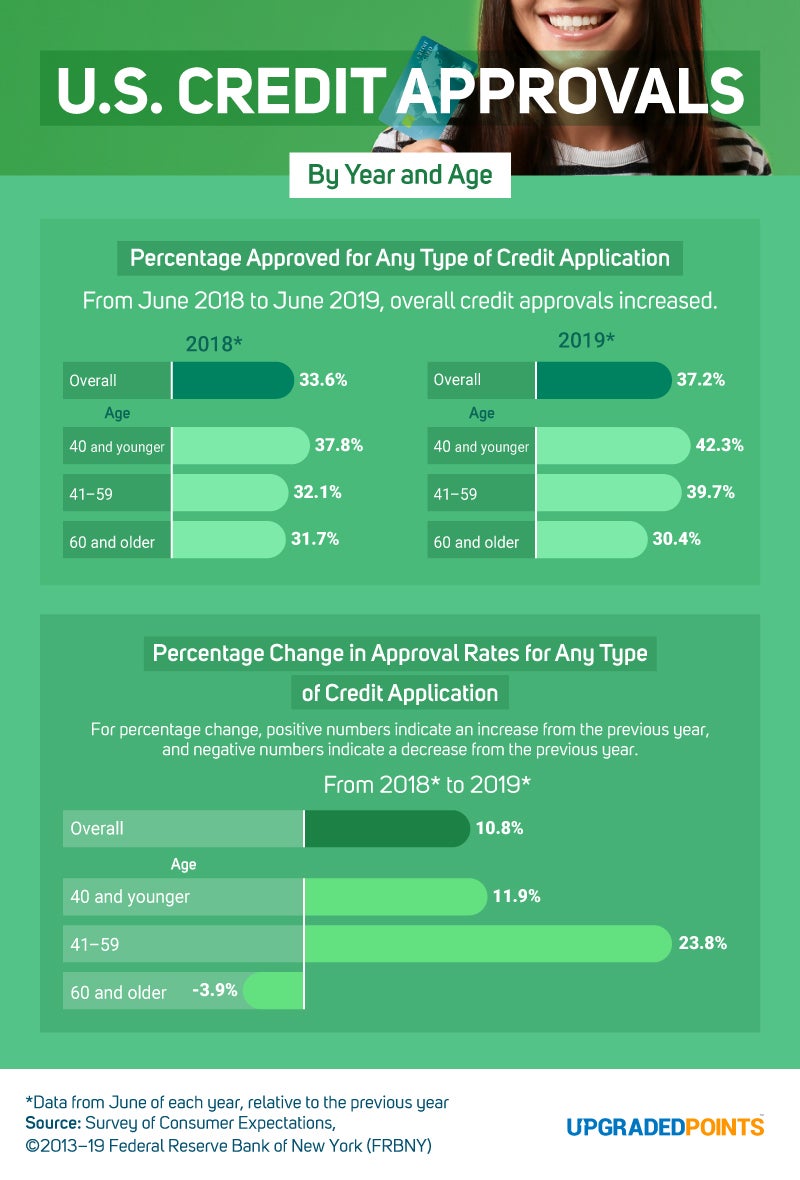
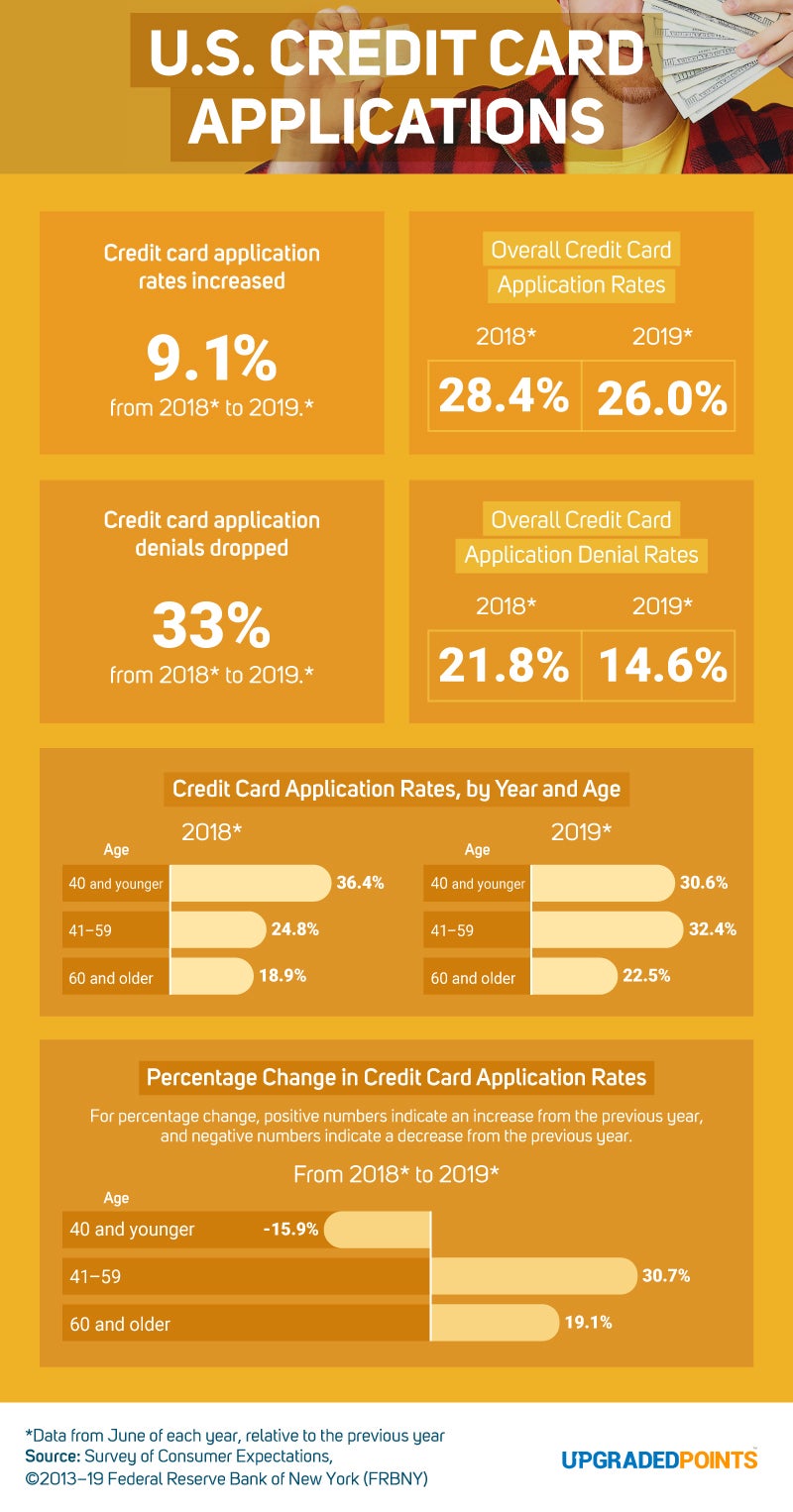
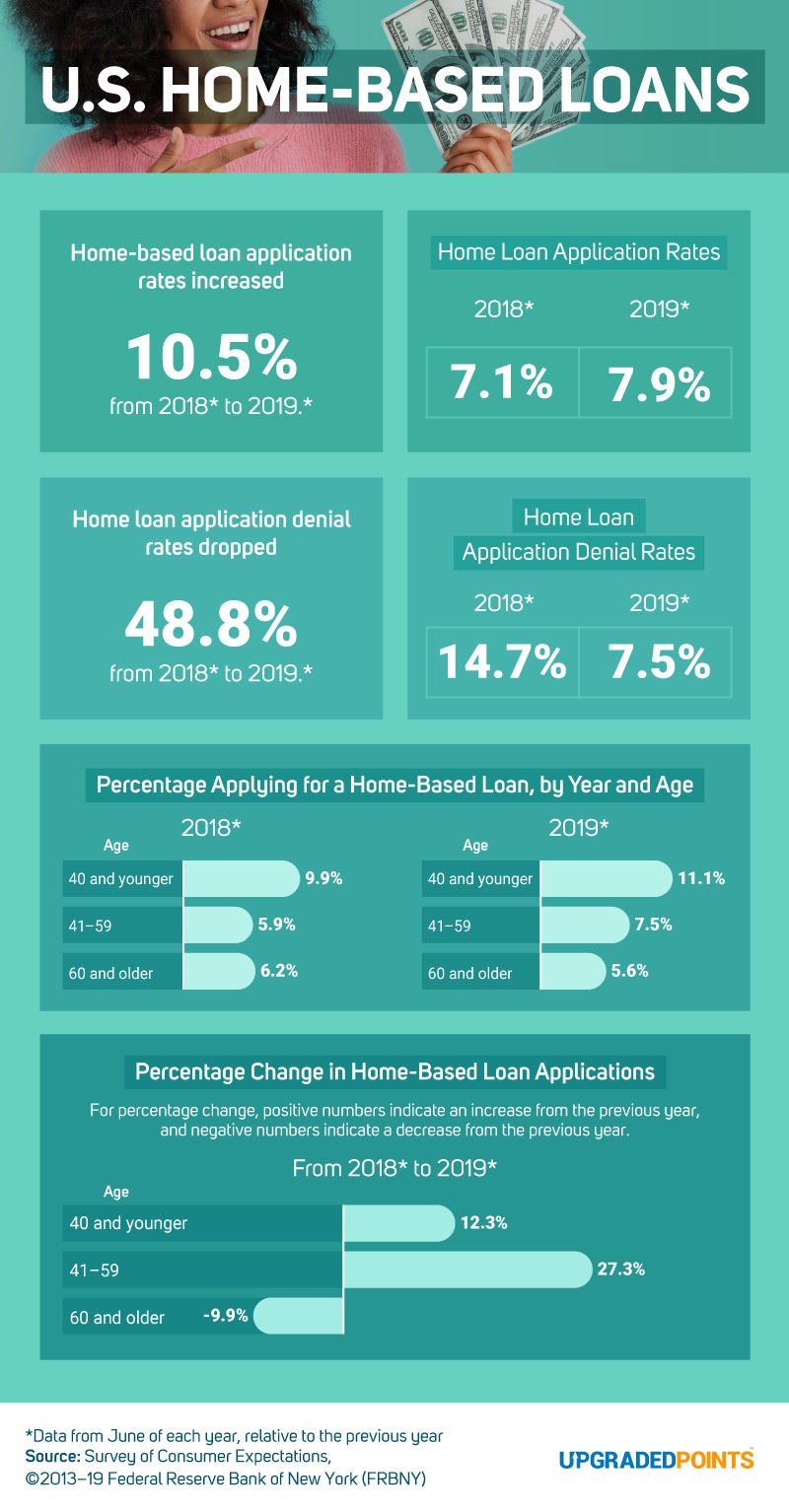
![The Most Expensive Airbnb Listings In Every State [Data Study]](https://upgradedpoints.com/wp-content/uploads/2023/01/IMG_8187.jpg?auto=webp&disable=upscale&width=1200)
![The U.S. Airlines Most Likely to Bump You [Data Study]](https://upgradedpoints.com/wp-content/uploads/2022/07/Frontier-male-passenger-boarding-pass.jpg?auto=webp&disable=upscale&width=1200)
![Which U.S. Airlines Dominate Market Share in North America? [2018 Data Study]](https://upgradedpoints.com/wp-content/uploads/2019/03/Map-of-the-USA-with-a-plane.jpg?auto=webp&disable=upscale&width=1200)
![The Best and Worst U.S. Airlines To Fly with Your Pet [Data-Study]](https://upgradedpoints.com/wp-content/uploads/2019/06/dog-traveling-in-crate.jpg?auto=webp&disable=upscale&width=1200)